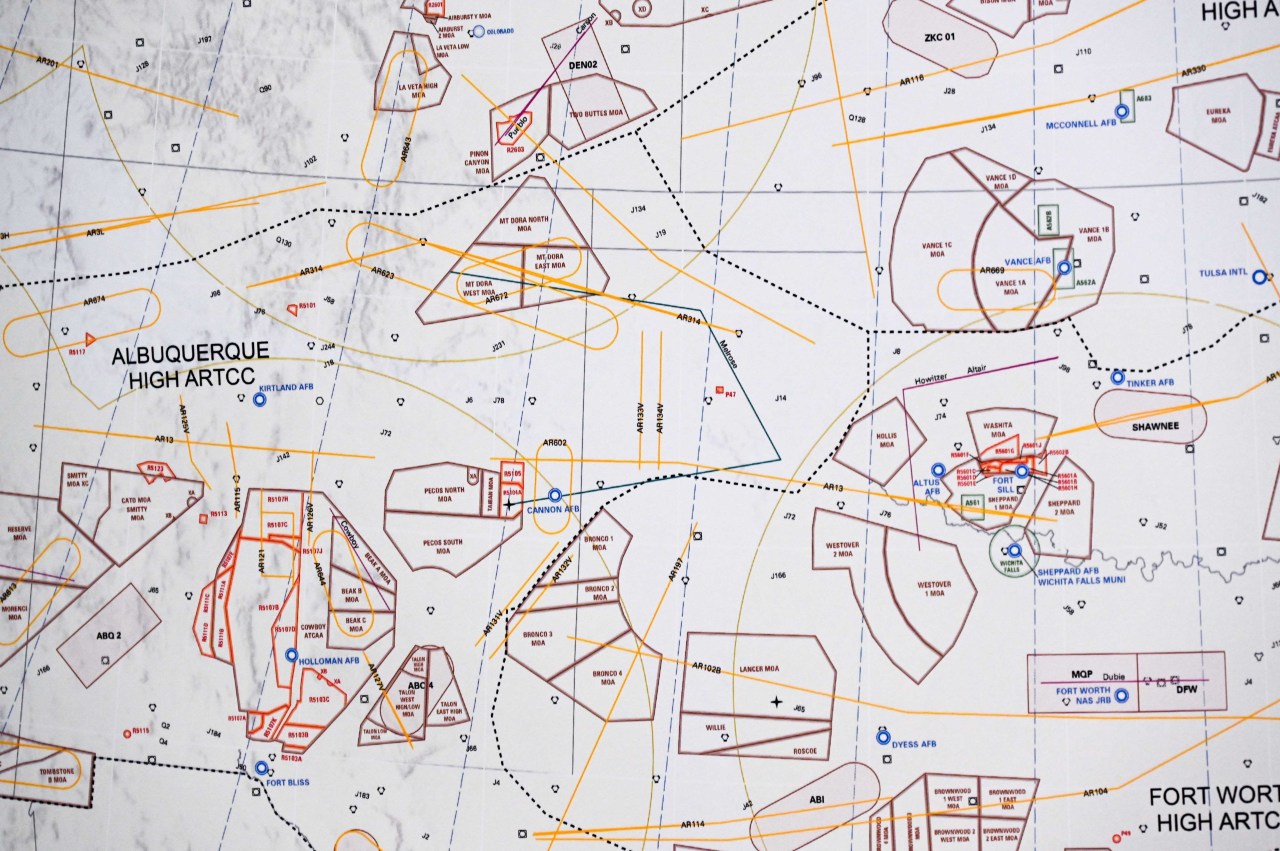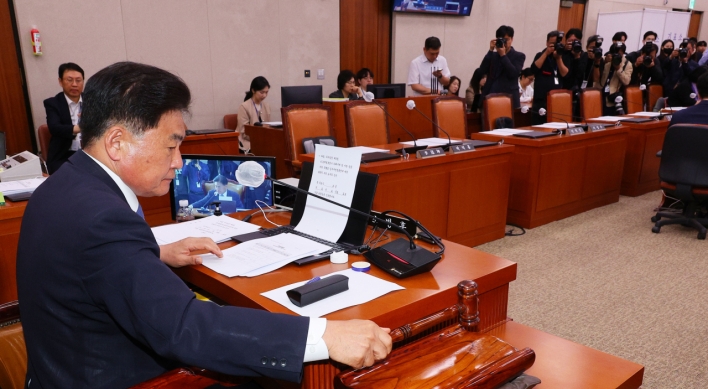S.Korea, US agree to step up coordination in surveilling N.Korea to enhance deterrence
Lee visits the US National Geospatial-Intelligence Agency which tracked down hideout of Osama bin Laden
By Ji Da-gyumPublished : Nov. 3, 2022 - 12:25

WASHINGTON -- South Korea and the United States on Wednesday agreed to step up coordination in monitoring North Korea in a bid to reinforce the alliance’s deterrence amid North Korea’s continuing saber-rattling, South Korea’s Defense Ministry said.
South Korean Defense Minister Lee Jong-sup visited the headquarters of the National Geospatial-Intelligence Agency -- an intelligence and combat support agency under the auspices of the US Defense Department -- during his visit to the US.
Lee and NGA Director Vice Adm. Frank Whitworth discussed intelligence cooperation between South Korea and the US and ways to deter and respond to North Korean threats, according to South Korea’s Defense Ministry.
Lee and Whitworth shared information related to North Korea’s missile launches and artillery fire Wednesday, and agreed to continue close coordination between South Korean and US intelligence authorities with regard to North Korea’s missile and nuclear programs.
Lee is the first South Korean defense minister to have visited the agency in Springfield, Virginia. The visit came a day before Lee and US Defense Secretary Lloyd Austin were set to host the 54th Security Consultative Meeting on Thursday at the Pentagon to discuss a wide range of alliance-related issues.
Whitworth said Lee’s visit to the NGA clearly showed that “intelligence coordination between South Korea and the US has been substantially strengthened,” according to South Korea’s Defense Ministry in a Korean-language statement.
The NGA analyzes geospatial data -- that are obtained through aerial assets including reconnaissance satellite, reconnaissance aircraft, and unmanned aerial vehicle -- and provides geospatial intelligence to the US intelligence community and the Department of Defense.
Strategic intelligence delivered by the NGA enables the US president and policymakers to make crucial decisions on counterterrorism, weapons of mass destruction and global political crises, among others.
The NGA notably tracked down the hideout of Osama bin Laden, founder of al-Qaida, in Pakistan and supported the US special operations team in hunting him by providing geospatial intelligence.
During the talks, Whitworth committed to further strengthening coordination with the South Korean military in surveillance of North Korea, elucidating that monitoring North Korea is one of the main tasks of the NGA.
In return, Lee said that the “NGA has been contributing to deterring North Korea’s missile and nuclear provocations by monitoring signs of North Korea’s nuclear and conventional military threats and analyzing them in close coordination with the South Korean military.”
Lee also underscored "intelligence cooperation between South Korea and the US is very significant in strengthening the viability of the US extended deterrence against advancement of North Korea’s nuclear and missile capabilities.”
Intelligence collection is the key component of deterrence. Deterrence generally requires integrating diplomatic, informational, military, and economic capabilities.
South Korea and the US have been strengthening cooperation in all areas of deterrence through high-level talks of the Extended Deterrence Strategy and Consultation Group, or EDSCG.
South Korea’s Defense Ministry said that “both sides agreed to work closely to continuously maintain a decisive advantage vis-a-vis North Korea in the field of intelligence, which is the key element of deterrence, based on coordination between the military and the NGA.”
Lee also raised the necessity to reinforce coordination between the South Korean military and the NGA, explaining South Korea’s plan to deploy reconnaissance satellites as the key component of the Kill Chain preemptive strike system.
The Kill Chain is part of South Korea’s homegrown three-pronged defense system along with Korea Air and Missile Defense, which aims to build complex and multilayered missile defense shields, and the Korea Massive Punishment and Retaliation.
Meanwhile, Lee also warned that South Korea and the US would “sternly respond to any North Korean provocations” in his speech delivered at the office of the Council for Foreign Relations in Washington on Wednesday morning.
In his speech, Lee pointed out that North Korea’s ballistic missile flew over the Northern Limit Line, which is the de facto inter-Korean maritime border, and landed in waters south of the border on Wednesday for the first time since the division of the Korean Peninsula.
Lee explained that the cross-border missile launch was “highly unusual given that it is a de facto territorial infringement.”
North Korea fired 25 missiles, including the one that crossed the border, and around 100 artillery shells over the course of about 11 hours on Wednesday.
Lee underscored that the allies have been jointly responding to the missile launches on Wednesday based on a firm combined defense posture, warning that “South Korea and the US will sternly respond to any North Korean provocations.”
Lee went on to say that the South Korean military strived to strengthen its independent capabilities to assuage growing public concern over North Korea’s potential use of nuclear weapons.
To that end, Lee said, South Korea and the US have been in close consultation to instill confidence in the public that the “US extended deterrence would work at any moment.”
In his speech, Lee also said that the “stability of the Korean Peninsula is inextricably linked to the stability in the Indo-Pacific region.” He underscored that “North Korea’s nuclear and missile capabilities and threats of provocations pose direct security challenges to peace and stability in Northeast Asia and Indo-Pacific region beyond the Korean Peninsula.”









![[Kim Seong-kon] Democracy and the future of South Korea](http://res.heraldm.com/phpwas/restmb_idxmake.php?idx=644&simg=/content/image/2024/04/16/20240416050802_0.jpg&u=)










![[Today’s K-pop] Zico drops snippet of collaboration with Jennie](http://res.heraldm.com/phpwas/restmb_idxmake.php?idx=642&simg=/content/image/2024/04/18/20240418050702_0.jpg&u=)